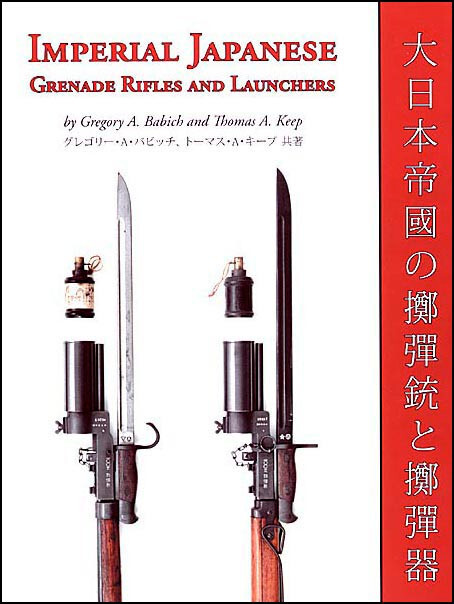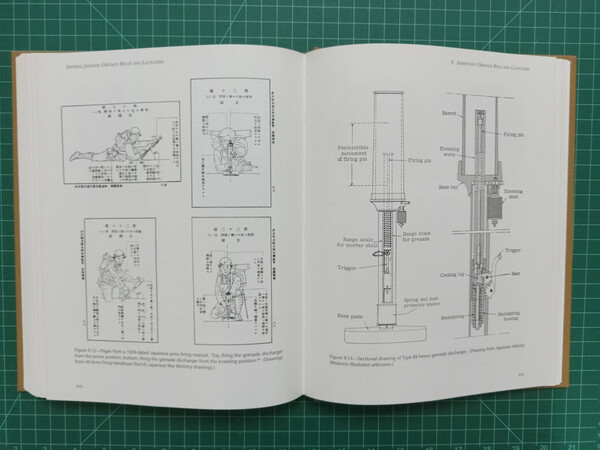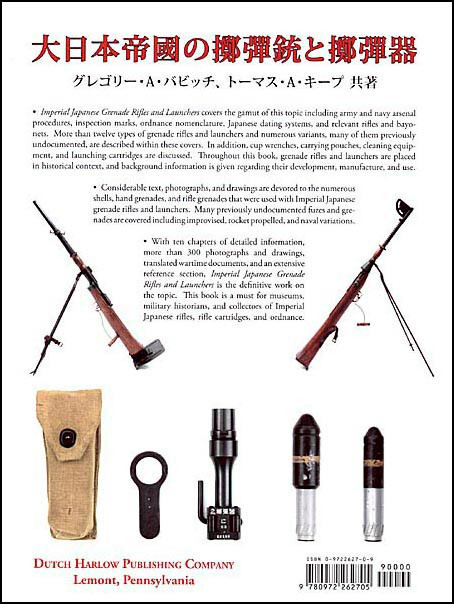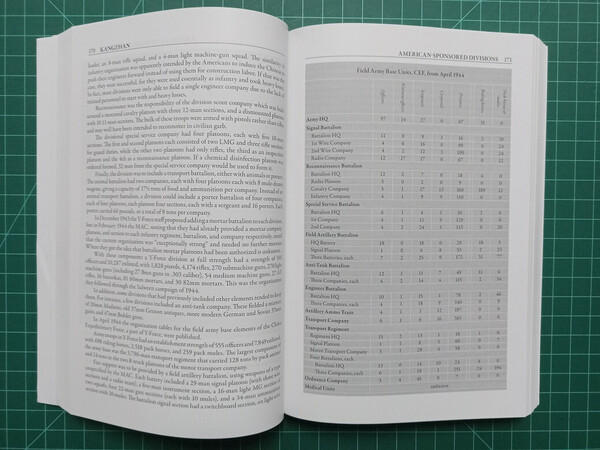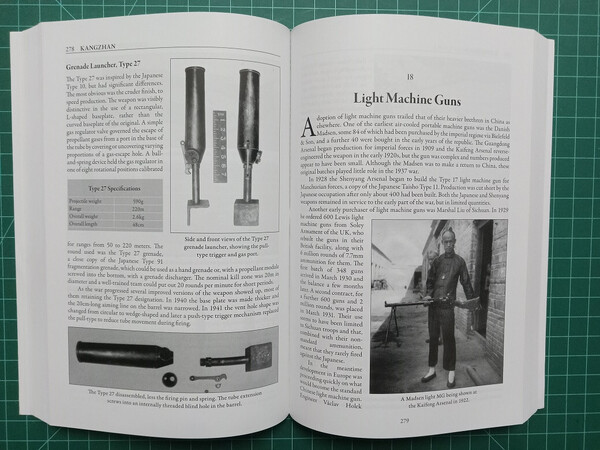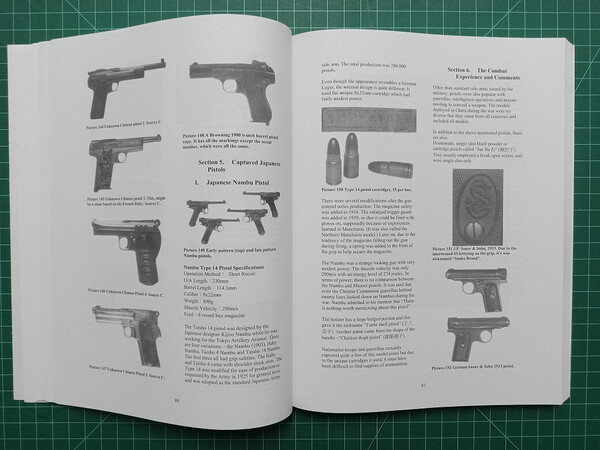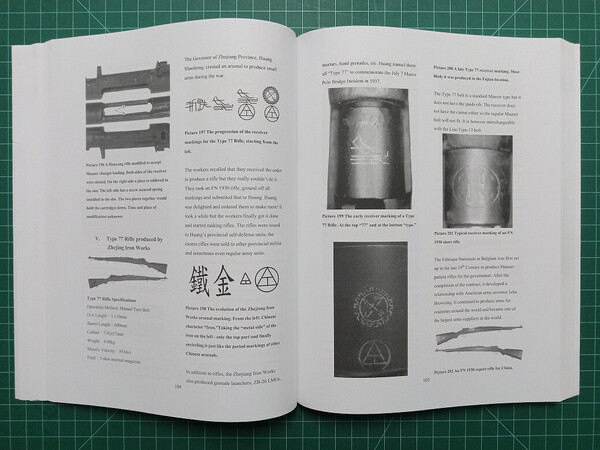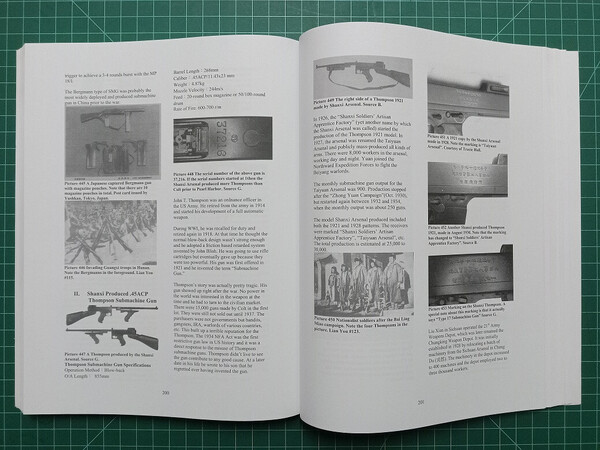-
Posts
2,225 -
Joined
-
Last visited
-
Days Won
11
Content Type
Profiles
Forums
Events
Store
Downloads
Gallery
Everything posted by Kiipu
-
Actually, they show up as often as the 300,000 range. A little more about the observed serials on these variant Type 100s that I call the Jinsen Type 5. Arsenal Stamps.
-
These are not Type 95s but a variant Type 100 for officers unique to Jinsen Arsenal. They have a unique serial number stamped on the tang. Also, the order is reversed as regards introduction. Questions about "late war", NCO swords & Short Development History of Type 95 Gunto, Post #239
-
Not unusual here in the States, probably to keep the kids away from them. I have heard of rifles and swords being found in walls. One such example was a Type 44 Carbine with the folding bayonet cut off. Another common occurrence was to throw them out in the trash. Back in the 1950s, my father saved a Japanese rifle that was sticking out of the trash can. He asked the housewife who answered the door if he could have it and she said go ahead. She told him it was missing the bolt though.
-
Hint, with a Gold Membership, one will know who they are.
-
Typo is all. Date is March 1945.
-
For gendaitō 現代刀 collectors, I recommend the following two books for the reference library. They are definitely worth having. Sesko, Markus. Encyclopedia of Japanese Swords. Lulu Enterprises, Inc., 2014. 552 pages. This is a dictionary explaining all the Japanese sword terms. Sesko, Markus. Swordsmiths of Japan. Lulu, Inc., 2015. 1450 pages. A listing of over 20,000 Japanese swordsmiths. And finally, might as well download the free compendium from Sesko as well. Small Compendium
-
一、昭和一二年六月三〇日 同右講習辛業、土佐流手法焼刀土の塗り方を探究、うるおいを醸しだす刃紋の創作技術を開拓 Above is what I see, but could be wrong. For technical terms, I would recommend the following book by Markus Sesko. Sesko, Markus. Encyclopedia of Japanese Swords. Lulu Enterprises, Inc., 2014.
-
See below for more information about the encircled 造 stamp. Identification help
-
Made in Indonesia for the Japanese and/or local forces. Not a fake or a reproduction. Nice catch if you are a militaria collector.
-
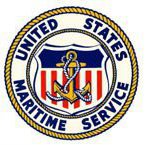
Theories on the mix of Western and Japanese numbers on gunto
Kiipu replied to John C's topic in Military Swords of Japan
A little missive of mine from early 2023. Kanehide Gendaito Rinji questions -
Last year I posted a recommended library for Japanese militaria collectors and below is the link. I would reverse the list now and recommend the newer books while they are still available. Books?
-
Memories from my misspent youth. Found some extra copies in the storage unit so will offer a temporary discount. Babich, Gregory A., and T. Keep. Imperial Japanese Grenade Rifles and Launchers. Dutch Harlow Publishing Company, 2004. Imperial Japanese Grenade Rifles and Launchers covers the gamut of this topic including army and navy arsenal procedures, inspection marks, ordnance nomenclature, Japanese dating systems, and relevant rifles and bayonets. More than twelve types of grenade rifles and launchers and numerous variants, many of them previously undocumented, are described in this book. In addition, cup wrenches, carrying pouches, cleaning equipment, and launching cartridges are discussed. Throughout this book, grenade rifles and launchers are placed in historical context, and background information is given regarding their development, manufacture, and use. Considerable text, photographs, and drawings are devoted to the numerous shells, hand grenades, and rifle grenades that were used with Imperial Japanese grenade rifles and launchers. Many previously undocumented fuzes and grenades are covered including improvised, rocket propelled, and naval variations. With ten chapters of detailed information, more than 300 photographs and drawings, translated wartime documents, and an extensive reference section, Imperial Japanese Grenade Rifles and Launchers is the definitive work on the topic. This book is a must for museums, military historians, and collectors of Imperial Japanese rifles, rifle cartridges, and ordnance. Dust jacket, hardcover, 8.5 x 11 inches, 248 pages, color illustrations. Weight 3 lb 6 oz, printed in USA. Cost per book is US$85 including shipping to United States, overseas shipping add about US$45.
-
I think the characters are a bit stylized and the last one is hard to see. I do think that what you have is correct though. 第320020号 = No. 320020. Maybe a second opinion is in order. @SteveM
-
Actually, kōgyō 工業 translates as industry. However, the Seki guild blue labels with English text have it as manufacturers'. The question then boils down to what translation do you want to use, the Seki blue label or the kanji dictionary translation. Whatever translation you decide to use is fine by me. 関刃物工業組合 Seki Hamono Kōgyō Kumiai See also Seki Inspection Tag On Combat Saya.
-
Maybe a registered utility model number?
-
The initial Type 100s, those made traditionally, were not sold by the arsenals directly but merely inspected. See the quote below by the late Nick Komiya. Deflating another Myth
-
Not common on either army or navy steel crossguards but have seen one or two? Below is a link to a possible marker's mark on a Type 97. Kai Gunto Naval Sword A little more common are guild or arsenal inspection marks. Below is an example of a guild marking on a Type 100 crossguard. Type 44 Katana + Information request The most common markings on steel crossguards are subassembly numbers.
-

Arsenal Mark on RJT sword Fittings
Kiipu replied to george trotter's topic in Military Swords of Japan
This is the lowest so far with a マ prefix, prior to that they just used Arabic numerals. -
Do not recall seeing this before either. Possibly a Japanese katakana NA with an Arabic 8? ナ8 = Katakana NA 8.
-

Info needed possibly looking to sell
Kiipu replied to Rebeccacran's topic in Military Swords of Japan
I had to look that one up! 瓢箪 = hyotan The Gourd Canteen See also the story "Tengu no Hyōtan 天狗の瓢箪 The Tengu's Gourd." A little homework assignment for those that just gotta know what I am talking about! Another indicator of an early souvenir blade is that the bottom of the tang is finished versus cutoff. And finally, thank you for the additional pictures Rebecca. We track these souvenir blades by the subassembly number. If you look carefully at the tang, you will see the following two characters have been painted over the older number. As you can see, the parts on your sword match this number. I zoomed in on one of your pictures and also saw 40 stamped on the crossguard. 四〇 = 40. -

Info needed possibly looking to sell
Kiipu replied to Rebeccacran's topic in Military Swords of Japan
Agree, 40 is the souvenir subassembly number. See the picture of the seppa (washer) above. 四〇 = 40. -

Info needed possibly looking to sell
Kiipu replied to Rebeccacran's topic in Military Swords of Japan
Hi Rebecca, the various small parts will have a one or two digit number stamped or written on them. For example, the tsuba (crossguard) will have this number. Take a picture of this number and post it. This number will match to one of the combination of numbers painted on the nakago (tang) of your sword. When time permits, below is a link to an article about postwar souvenir swords that will answer most of your questions. The Mysterious Naval Landing Forces Sword And finally, many thanks for sharing pictures of your sword. -
Chinese Ordnance Both Chinese small arms books by Ness & Shih for US$80 including shipping to United States. Ness, Leland, with Bin Shih. Kangzhan: Guide to Chinese Ground Forces, 1937–1945. Helion & Company, 2016. Softcover, 6.25 x 9.25 inches, 576 pages, maps, tables, black & white illustrations. Weight 2 lb 12 oz, printed in Great Britain. US$45. The first part of the book covers the organization of the Chinese army while the second part covers Chinese army ordnance. This is a really good book to have in the library and complements the book below because of the coverage of the larger weapons such as artillery and tanks. Bin, Shih. China’s Small Arms of the 2nd Sino-Japanese War (1937–1945). Edited by Stanley Zielinski. 2011. Autographed by author. Softcover, 8.5 x 10.75 inches, 280 pages, black & white illustrations. Weight 1 lb 14 oz, printed in USA. US$40. This book has more coverage on small arms compared compared to the book above. Includes a chapter on Japanese small arms. Includes 4 pages covering broad swords, bayonets, and daggers.






